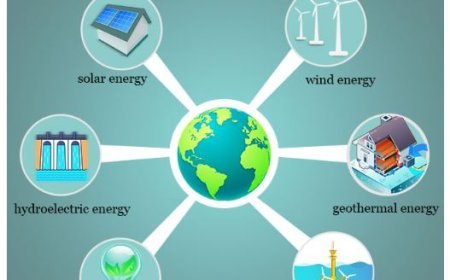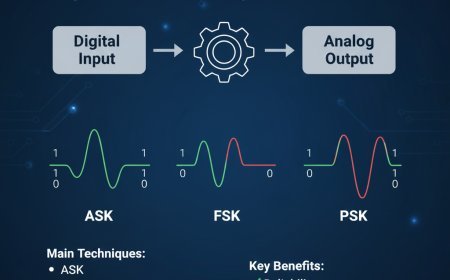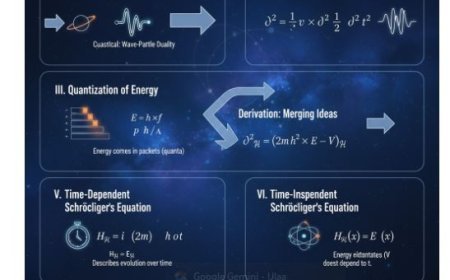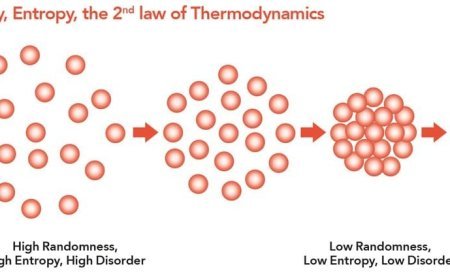The Quark Model
The Quark Model explains how matter is built from fundamental particles called quarks. These quarks combine to form hadrons, such as protons and neutrons, held together by the strong force carried by gluons. This model is essential in particle physics for understanding atomic structure and the behavior of fundamental forces.
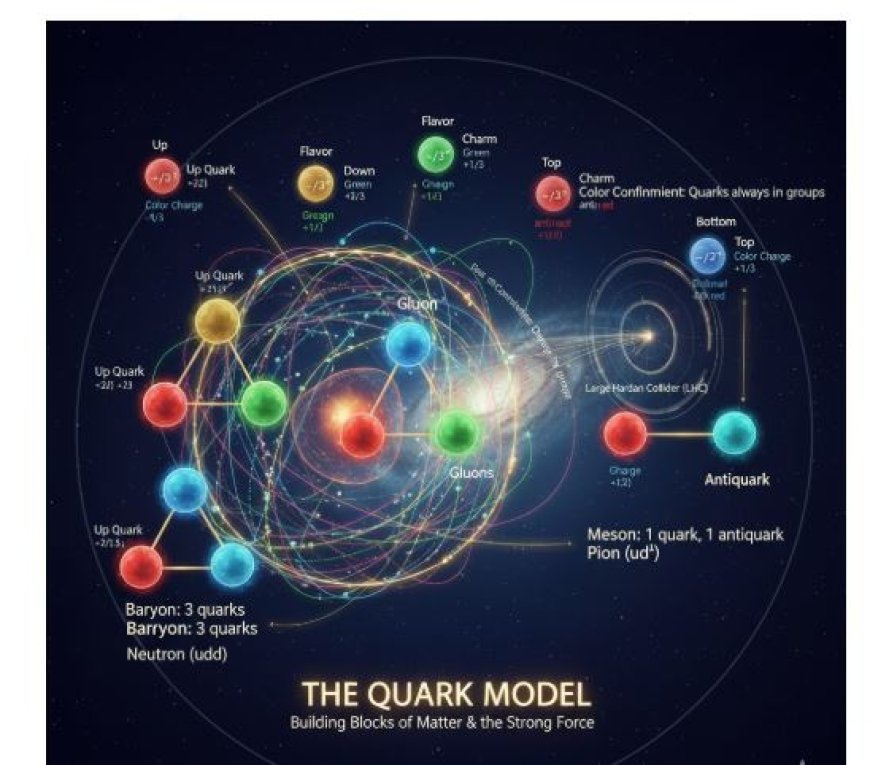
The Quark Model
The world is made of many small building blocks, and one important way to explain these particles is the Quark Model. This idea helps us learn how protons, neutrons, and other particles are created.
1. Quarks
Quarks are basic particles that are essential building blocks of matter. They come together to make particles called hadrons. Here are some important facts about quarks:
- Different kinds of quarks: There are six kinds of quarks: up, down, charm, strange, top, and bottom.
- Properties:
- Each quark has a specific electric charge. For example, up quarks have a charge of +2/3, and down quarks have a charge of -1/3.
- Color charge is a feature of quarks, similar to electric charge, but it has three types: red, green, and blue. This relates to the strong force that keeps quarks connected.
2. Basics of Hadrons
Hadrons are objects that consist of quarks. They are grouped into two main types:
- Baryons are particles that consist of three quarks. A typical example is the proton, which is made up of two up quarks and one down quark.
Examples of baryons:
- Proton → Made of 2 up quarks and 1 down quark.
- Neutron → Made of 1 up quark and 2 down quarks.
- Mesons are particles made of one quark and one antiquark. An example is the pion, which helps to carry the strong force between protons and neutrons.
Examples of mesons:
- Pion → Made of 1 up quark and 1 down antiquark.
3. Strong Force and Gluons
- The strong force is one of the four fundamental forces in nature. It holds the tiny particles inside atoms, called protons and neutrons, together. Gluons are the particles that carry the strong force. They act like glue, keeping protons and neutrons bound in the nucleus of an atom.
- Quarks are kept together in hadrons by the strong force, one of the four basic forces in nature.
- This force is carried by particles known as gluons. Here are some important points about gluons:
- Gluons are massless particles that help transmit the strong force. They hold quarks together, just like glue keeps two pieces of paper connected.
- Color Confinement means that quarks cannot stay alone; they are always found in groups. The force between quarks gets stronger when they try to move apart, which can result in the formation of new pairs of quarks and antiquarks.
4. Importance and Uses of the Quark Model
The Quark Model is important for a few reasons:
- Understanding Matter: It helps scientists learn about the nature of atoms and how particles interact with each other.
- Particle Physics: The model is important in particle physics and helps create ideas like Quantum Chromodynamics (QCD), which explains how quarks and gluons interact.
- Research and Experiments: Scientists conduct experiments in high-energy particle colliders like the Large Hadron Collider (LHC) to study quarks and how they combine, improving our understanding of basic physics.
What's Your Reaction?









